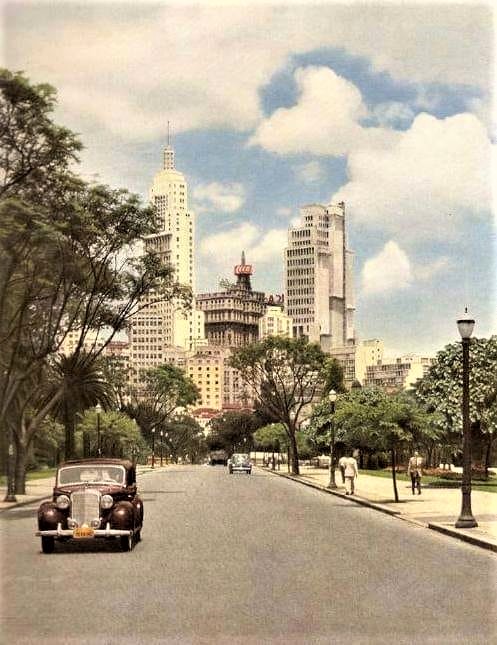First National City Bank black marble building stands on the left...
City Bank building on the left; Cine Rivoli & Cine Olido on the right-hand-side.
Avenida São João with Avenida Duque de Caxias, in 1938.
Praça Julio Mesquita - Avenida S.João in 1950.
Mohamed Ali exits San Rafael Hotel on Avenida São João in 1969.
boy & girl look out at Avenida São João as tram-cars travel west towards Lapa and east towards the city.
Cine Metro and Lojas Pirani on the right-hand-side circa 1963.
Avenida São João with Avenida Duque de Caxias in 1963.
Hotel Comodoro on Av. Duque de Caxias with Rua Conselheiro Nébias, in 1953.












.jpg)


.jpg)











.jpg)








.jpg)







.jpg)







